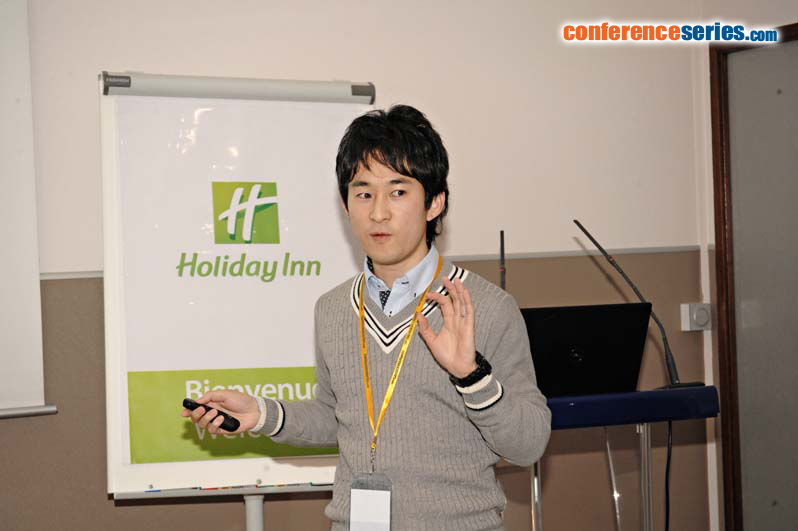
Yuta Saito
National Institute of Advanced Industrial Science and Technology, Japan
Title: Topological hetero-structures of layered telluride compounds
Biography
Biography: Yuta Saito
Abstract
Chalcogenides materials including the elements S, Se and Te have attracted attention due to their exotic electronic properties. These materials can be categorized into two groups, topological insulators (TIs) and transition metal dichalcogenides (TMDs). Even though there are fundamental differences in the electronic structures between these groups, interestingly, both systems assume a layered crystal structure where chalcogen atoms always terminate an individual unit layer, and each unit layer weakly interacts with other layers via van der Waals (vdW) forces. TIs have an energy band gap in bulk, but possess linearly dispersive conducting channels due to surface states that are characterized by a Dirac cone. On the other hand, one of the most intriguing properties of TMDs is that typical TMDs demonstrate an indirect-direct transition in the monolayer limit, while bulk TMDs are indirect band gap semiconductors. Recently, more and more attention has been paid not only to layered materials themselves, but also to their hetero-structures due to the emergence of interesting properties from the interfaces. It is also expected that since vdW forces are weak, there is a strong possibility of forming a high-quality hetero-structure regardless of the differences in lattice constants between the two component materials, a problem that is sometimes severe in three-dimensionally bonded compound semiconductors. In this study, we focus on the hetero-structure of two different tellurides. An example of a telluride heterostructure consisting of MoTe2 (TMD) and Sb2Te3 (TI) is being shown. It should be noted that the band structure of this hetero-structure has two representative features, namely, the formation of a Dirac cone at the Γ point attributed to Sb2Te3 and the direct transition at the K point due to MoTe2. The electronic structure of other hetero-structures will be discussed in the presentation.
Speaker Presentations
Speaker PPTs Click Here


